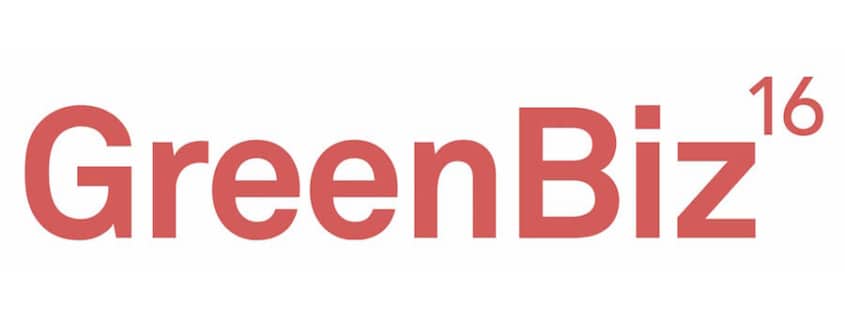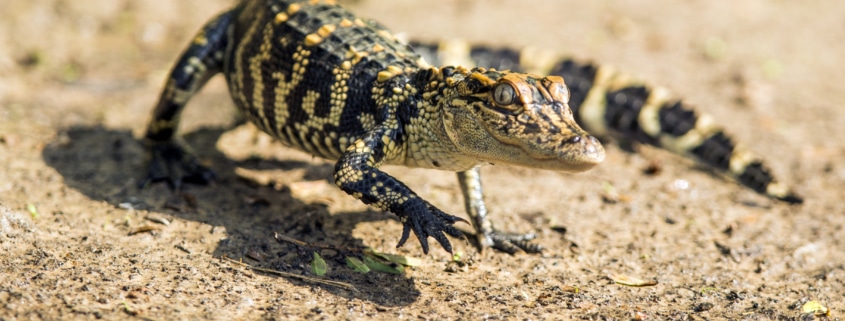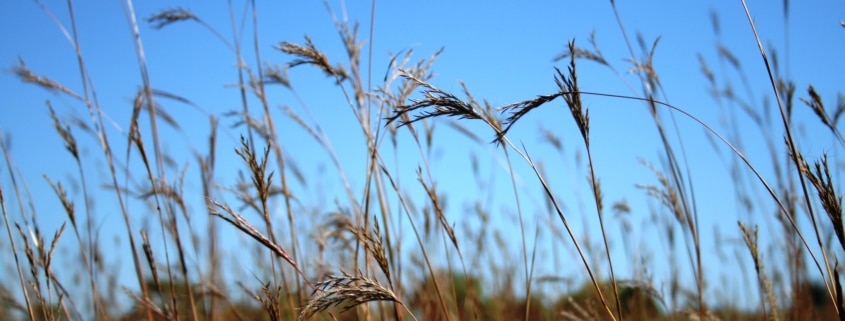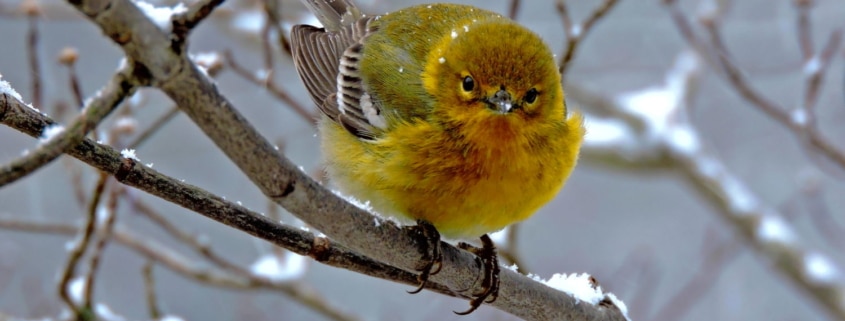Cooperative Work Among Companies Creates Ecological and Community Connectivity in Northwest Indiana
On Thursday, January 21, about 15 volunteers from a diverse group of companies and conservation organizations, including WHC and members of the Indiana Coastal Cooperative Weed Management Group as well as the Indiana Department of Natural Resources, ExxonMobil, ArcelorMittal, PRAXAIR, the Coffee Creek Watershed Conservancy, and the Shirley Heinze Land Trust, joined up to tackle the removal of invasive species from upland areas at ExxonMobil’s Hammond Terminal.
It can be difficult to find larger tracts of dune and swale habitat in natural or even semi-natural conditions in Indiana’s coastal region because of heavy urban and industrial development. The 77-acre Hammond Terminal property includes a large amount of this critical Lake Michigan coastal habitat, so although former industrial uses left their mark on the site more than 50 years ago, it remains one of the most important tracts of shorebird habitat in the region and is key piece of the conservation and landscape connectivity puzzle.
The focus of invasive removal at last week’s workday was buckthorn, a non-native, invasive shrub that is a common invader in Midwestern forests, prairies, and oak savannas. The volunteers used a technique known as the “cut-stump method” in which the shrubs are cut down and herbicide applied to the stump to prevent regrowth. Also on the agenda was laying the ground for a new trail that will be used by East Chicago students and bird watching visitors.
During the workday, the group shared their common knowledge and experience of working on site and along the Indiana Harbor and Ship Canal, and learned that slag had been deposited on-site as far back as the 1940s and since then, a succession of native habitats developed throughout the site. The spread of invasive plants such as buckthorn, phragmites, purple loosestrife, and many others have impacted the ecological quality of this site over the past 10 years. Efforts to develop an ecological restoration partnership between the Indiana DNR, ExxonMobil, and BP have provided a unique regional example of how companies and natural resource agencies can work together to increase conservation in urban-industrial areas.
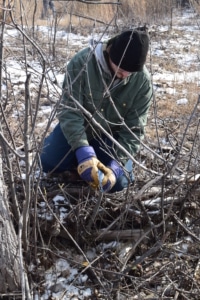
A volunteer applies Pathfinder herbicide to a buckthorn stump. The herbicide is dyed blue to help volunteers see which plants have already been treated.
This cooperative workday at the Hammond Terminal is part of a larger ongoing collaborative effort, funded by Sustain Our Great Lakes Program and the Great Lakes Restoration Initiative to the Indiana DNR, to control invasive species and restore native habitats on public and private properties areas along the Indiana Harbor and Ship Canal. Other companies involved in this invasive species control partnership include BP and Valero. WHC is also working with ExxonMobil, ArcelorMittal, PRAXAIR, and Kinder Morgan on developing invasive species control programs on their working facilities under a grant from the Indiana DNR Coastal Program and the National Oceanographic and Atmospheric Agency (NOAA). Working collaboratively like this helps companies enhance the conservation value of their projects by aligning them with broader goals for the region. It also helps teams learn from one another by providing opportunities to share information about what worked and what didn’t.
For more details on how your company can contribute to conservation efforts in your area, contact WHC for tailored help or check out our Project Guidances for guidelines on designing and implementing conservation and education projects.

